Posted in: 06/19/2023
Achieving water self-sufficiency , maintaining a balance between technological advances and interactions with the environment , is the goal sought by all people who understand that we can achieve positive results without collaborating with the degradation of nature. In this article, we deal with water production from the point of view of public supply , presenting alternatives for municipalities to face the water crisis that has already taken place and offer quality water in sufficient quantities for human activities carried out in their territory [1] .
This is a new approach, which results from a change in posture in relation to hydrology and is based on natural processes , which favors the use of green structures and the recovery of their natural properties of water production [i] to reach the objective of achieving water self-sufficiency .
Engineering works for water collection still predominate in Brazil , the so-called “ grey infrastructure ”, which requires very high investments and causes interventions with great environmental impact. Recurring water crises demonstrate that this model has run out and, even worse, is compromising nature’s ability to rebalance itself. Many municipalities are at the mercy of the rainfall regime , limited by the water consumption of neighboring municipalities upstream and forced to let water flow to the municipalities at low tide.
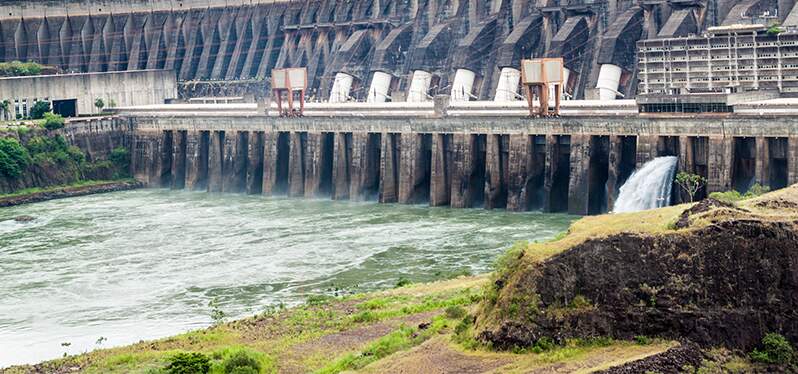
The new approach focuses on the preservation of springs , production of water in the territory itself – or in the territory close to consumption – and the intense use of green infrastructures , created by nature, of smaller size, sustainable .
Let us, first, remember where the obligations and responsibilities for the provision of water for human use arise , which is primarily a state duty , whether granted or not.
The Federal Constitution and the Sanitation Law (Law 11,445/2007, later amended by Law and 14,026/2020) established the competence and responsibility of public entities for the provision of public basic sanitation services . Art. 3, item I, of the Sanitation Law delimited the scope of these services to include:
Drinking water supply , as provided therein, is “consisting of the activities and provision and maintenance of infrastructure and operational facilities necessary for the public supply of drinking water, from collection to building connections and their measuring instruments” [ii] and comprises the capture , supply (transport), treatment , reservation (already treated water stored in reservoirs) and distribution phases .
The fact is that water governance is complex and involves the three spheres of government , Union, States and Municipalities . When the services are of local interest and ownership belongs to the municipality [iii] , which is responsible for the public basic sanitation policy in its territory [iv] . In this normative tangle, the capture phase is the one that contains the fewest devices, concepts and definitions.
One of these concepts is that of “ raw water ”, which is water collected from springs [v] – surface or underground – and which still needs treatment to become fit for human consumption [vi] . To achieve water self-sufficiency, the ideal is to have plentiful raw water of good quality , in a constant and sufficient flow to be treated and made available for human consumption and use in their social, economic or otherwise activities.
However, the multiple interests related to water leave municipalities at the mercy of downstream consumption (quantity and disposal) and under vigilance of consumption at the ebb (quantity and disposal). More and more disputes and conflicts over water between public entities are seen. The dependence on water coming from beyond its limits does not remove from the municipalities the responsibility for the water supply service to the urban centers of their territory and for the economic activities developed there.
The Water Atlas [vii] , published in 2010 by the National Water Agency (ANA), informs that 47% of Brazilian municipalities only use water from surface springs , bodies of water that make contact with the atmosphere – such as rivers, streams, lakes , dams, dams, among others. In addition, 39% of the municipalities are supplied with groundwater , either from confined aquifers (artesian) or not (phreatic), and 14% are supplied from both sources .
Surface water is subject to greater variation in stock depending on the climate, and its losses through evaporation and consumption are constantly renewed by rain. Confined water stocks, on the other hand , are not influenced by the climate so directly, and their loading and recharging mechanisms are much slower. These stocks communicate , that is, the water can flow from the confined aquifer to the watercourse in the dry season and, in the opposite direction, can receive water from the same river in the rainy season. This movement is essential for maintaining the flow of rivers, lakes and swamps and for soil moisture.
Several factors influence this displacement of water , the speed of which is very variable, depending on factors such as the porosity of the soil, its use, the slope of the terrain and the type of rain, to name the most expressive. Roughly speaking, poorly permeable soil , without vegetation and inclined, will retain less water , even more so if the rain is intense.
The undue and unplanned use of the soil can greatly aggravate the effect of the force of gravity on surface water, accelerating it to the point of causing flooding, causing erosion and silting up of watercourses. This, by the way, is the formula of urban tragedies that, unfortunately, we see again and again.
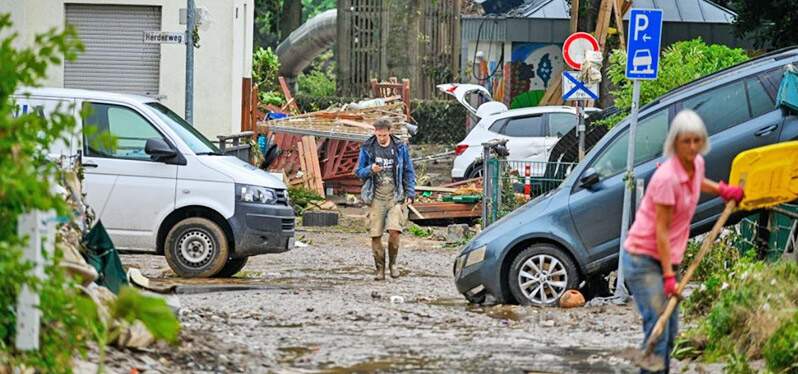
On the other hand, constant lower intensity rains , in permeable soils of terrain with little terrain and with vegetation (especially the vegetation typical of that biome), will cause water to infiltrate and percolate [viii] more quickly. A part of this water will be retained close to the surface, in the so-called unsaturated zone , where there is room for the water to move. It is where the roots of plants are and where their natural filtration and purification takes place .
A second part of this water will go downhill, passing through the pores and fractures of the subsoil until it reaches the saturated zone, where there is no more space between the rocks, which are already saturated and no longer allow this water to penetrate beyond that depth. This is where the water table is found , where the unsaturated zone and the saturated zone meet and the underground spring is formed. It is from this water that fountains and waterholes are formed.
Increasingly, water sources are suffering the effects of climate change and putting human supply needs at risk. Extreme events arising from these changes, such as rains with very high volumes of water in relatively short periods, repeated droughts of greater extent were decisive in sounding the alert about the risks of a lack of water for human consumption in multiple urban areas in the near future .
Since 2012, repeated droughts that have devastated Brazil have forced the consumption of much greater water stocks from springs . Surface springs are visibly smaller . Just look at the level of rivers and dams to find out. Water abstraction in reservoirs close to metropolitan regions, for example, reached the level of reaching what is technically called “ dead volume ”, that is, reserves that cannot be captured by the usual water intakes from reservoirs, so low were they. the water levels.
Despite groundwater stocks being much more resilient to extreme weather events, the dynamic balance of the inflow and outflow of water needs to be able to maintain a minimum stock of water, under the risk that the stocks are depleted and the flow affected. irreversibly. It is not what has been happening .
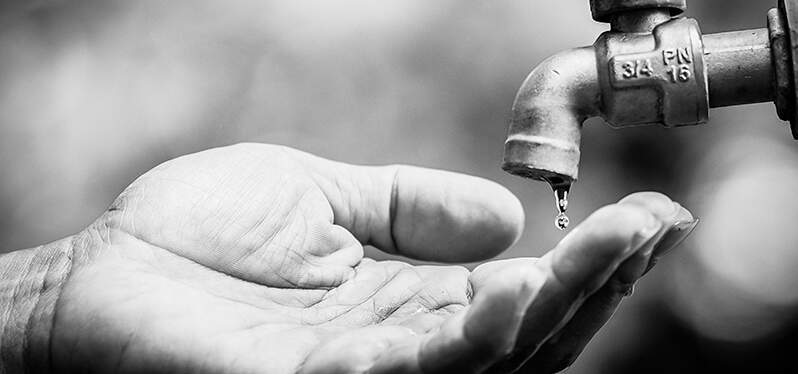
The sum of (i) rainy seasons with strong storms, which cause an increase in surface runoff velocity and decrease water infiltration into the soil, and (ii) long dry periods , which radically reduce the levels of surface water sources and result in increased the “base runoff” [ix] , that is, the flow of groundwater to surface water bodies, is a concern, because evidently, as the outflow is greater than the inflow, the stock decreases.
The reduction in recharge capacity , together with the greater transfer of water to surface sources, prevented groundwater tables from returning to their historical levels in several regions of the country, which caused the disappearance of fountains and springs in previously unimaginable amounts.
We remain focused on the example of the municipality, but remember that the efforts and responsibilities for the pursuit of water self-sufficiency can – and should – be extended to regional public entities, such as basin committees, inter-municipal consortia, concessionaires and even large private consumers, such as industrial and agricultural units.
Cities often develop from a nearby water source . Population growth creates a greater demand for water , the original raw water intake is no longer sufficient in that area and new sources of water have to be found. This is the obvious case of large metropolises, but it also occurs in smaller municipalities. Internal conflicts and with neighboring municipalities , loss of economic growth and worsening health conditions are some of the obvious consequences of water restriction.
Watercourses, such as rivers and streams, commonly supply water to more than one location and, many times, constitute the very delimitation of properties and territories. Underground springs follow a different territorial logic. Its structures and extension are not visible and the usual [x] is that access to its waters is associated with the holder of the domain over the properties [xi] under which they are located.
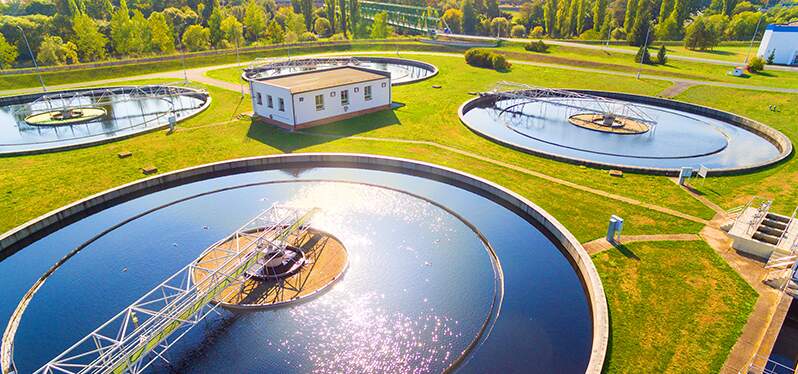
We continue with the municipalities. To avoid these restrictions, the ideal is to ensure that the municipality produces all the water demanded in its territory. This will certainly not be possible in all 5,568 Brazilian municipalities, for a variety of reasons. Just to name a few: natural conditions of the territory, its extension, consumption needs of its population and economic activities and the quality of raw water. The fact is that municipalities need to know and care for the underground source of their territory.
It is vital to locate, know, measure the water production potential and take advantage of the capabilities of every possible access to underground sources in your territory. The powers given to the municipalities to take care of basic sanitation , of which abstraction is the vestibular element, are sufficient for this.
It is necessary to recognize that the infrastructure that nature itself created – and knows how to take care of water better than we humans, who pollute and waste it – is the most adequate in some cases.
We thus return to two fundamental concepts: (i) recovery and conservation of the physical-hydric structure of the municipality’s hydrographic basins with the use of green infrastructure and (ii) decentralization of water production with the use of all natural water sources in an efficient way. sustainable.
Water self-sufficiency will be the result of a change in paradigms , recovery of the recharge capacity of the municipality’s basins and sub-basins and the increase in raw water collection units, smaller in size and spread throughout its territory. Mechanisms of water flow are recovered , stocks are replenished and the dynamic balance of the water cycle is obtained , which took millions of years to form by nature and which humans certainly did not know how to take advantage of. There’s still time.
Text prepared by Eduardo Azevedo de Arruda Sampaio,
consultant for Synergia Socioambiental.
[1] Logically, other public entities and the private sector can and should use the new approach, but these alternatives will be discussed in greater detail at another opportunity.
[i] According to Calheiros (2020), “Water production is the ability of an area unit to capture, infiltrate and percolate the greatest possible amount of precipitation water and release it (through springs or in the base flow) , for the most part, resulting in a flow, throughout the entire length of the receiving water body, more uniform and in the longest possible period of time”. This concept does not imply denying that water is a finite natural resource and that creating more water (in the sense of originating, manufacturing, generating, producing) than the planet already has is not within the reach of humans or other terrestrial beings.
[ii] Art., 3rd, Item I, letter a) of Federal Law 11,445 of January 5, 2007, as amended by Law 14,026 of 2020).
[iii] The Federal District, according to the 8th, item I of the Sanitation Law.
[iv] Art. 9 of the Sanitation Law.
[v] Spring is any body of fresh water, surface or underground, used for human, industrial, animal or irrigation supply.
[vi] The other phases require the use of gray infrastructure and equipment to make urban supply viable and raw water quality is essential for its design.
[vii] Atlas Águas: Water Security in Urban Supply. ANA National Water and Basic Sanitation Agency, 202.1
[viii] Downward movement of water below the surface.
[ix] The “base flow”, which is the flow into rivers and lakes (also oceans), making them perennial.
[x] Usual does not mean cool. Access to water is regulated in detail by the Union, states and municipalities.
[xi] Water is an element of nature and is included in the category of diffuse rights; belongs to the community and transcends the classification of public or private law. The expression domain is applied to water to mean its management, not its property, which cannot be a natural or legal person, whether public or private.
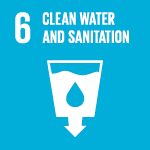
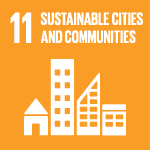
Sign up and receive our news.